

Irish potato diggers, Scotland, 1910
This page reproduces content from the presentation run during the International CongressSee http://www.oocities.org/ultancowley/More Navvy links at http://www.oocities.org/the_navvies/ |
 |
 |
|
Irish potato diggers, Scotland, 1910 |
|
This material is drawn from
|
It was… generally assumed that Irish labour was indispensable to the prosperity of both the manufactures and the agriculture of Great Britain…' Arthur Redford, English historian who in the 1920s was the first to study seasonal labour migration |
 |
|
|
Irish Harvesters, Yorkshire, 1920s |
Since the late eighteenth century the Irish have played a major part in the expansion of British industry and of the country’s canal, road and rail networkThe success of the British construction industry owes a great deal to Irish skills in excavation and construction, and their contribution to the development of the industry has been immeasurableSir William McAlpine |
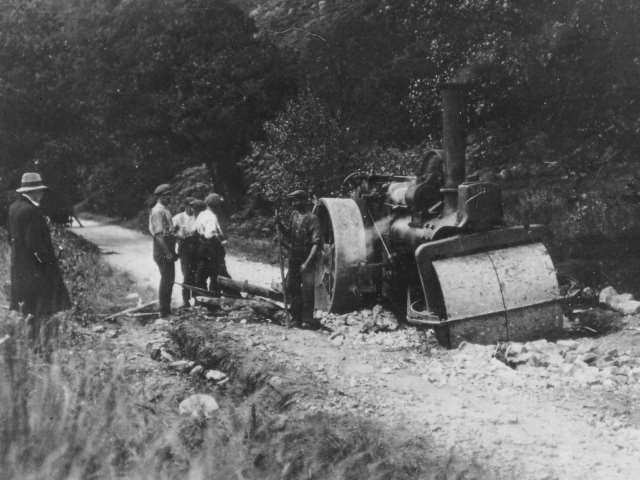
|
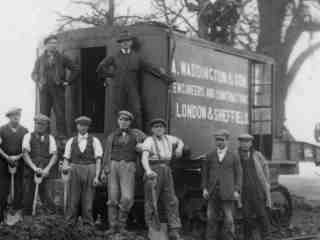 |
|
Road maintenance, 1920s |
|
If you were diggin' out a road, you'd mark off every
thirty-five yards with a piece of chalk, and tell a new man: "If you can't
finish that before this evenin', don't come in tomorrow"
|
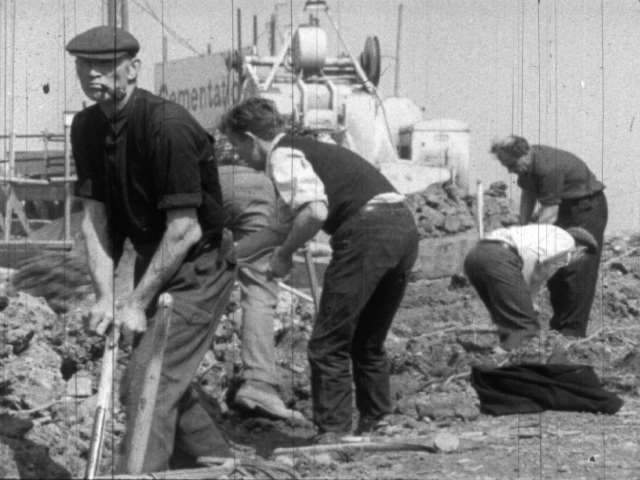 |
|
|
Trenching, M1 Motorway, 1963 |
The commercial canal system, laid out in the
British Isles in the eighteenth century, was officially known as the `Inland
Navigation System'. |
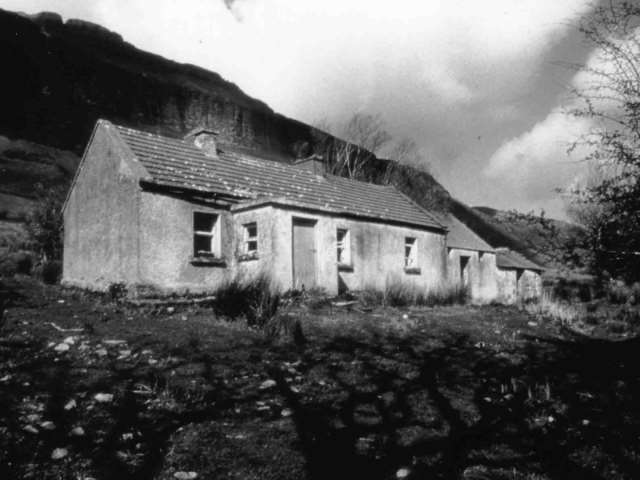 |
‘At home (Ireland ) from the 1920s to the 1960s it was the English pound note, or the American dollar, that kept you alive – you had nothing else' John Neary, Navvy, London 1998 |
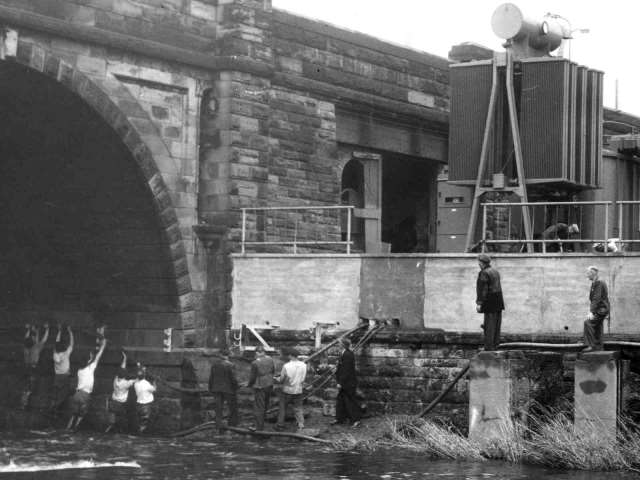 |
 |
|
Pulling cable, London 1950 |
|
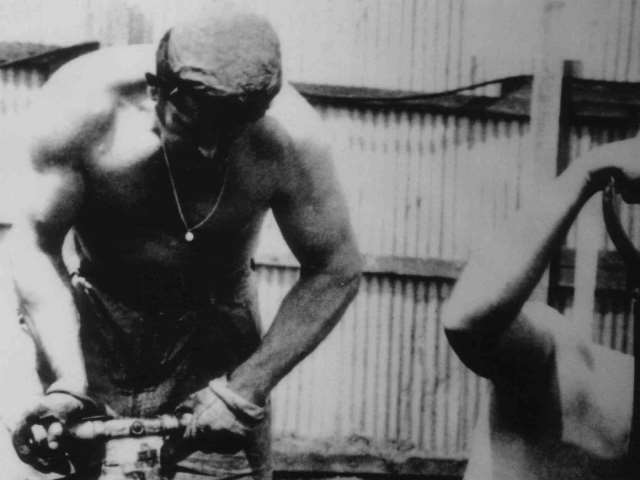 |
'Irish national Education Budget in 1960 – £16
million;
|
Before I ever left home I knew all you had to do was go to Camden Town and you’d get work: just pick a colour –RSK was brown, Murphy green or grey, Lowry was blue, Pincher Mac was green |
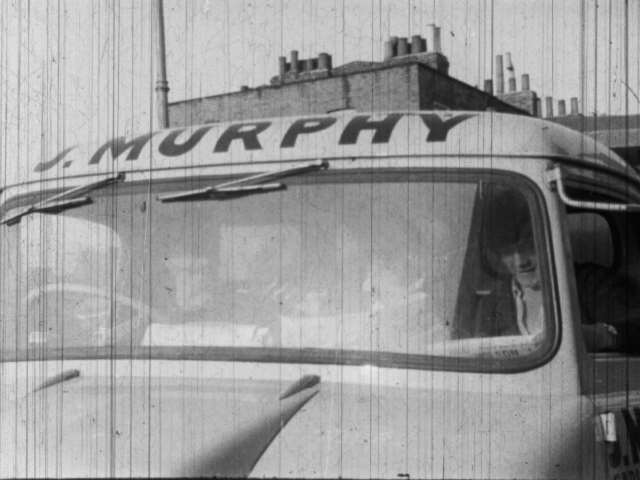 > > |
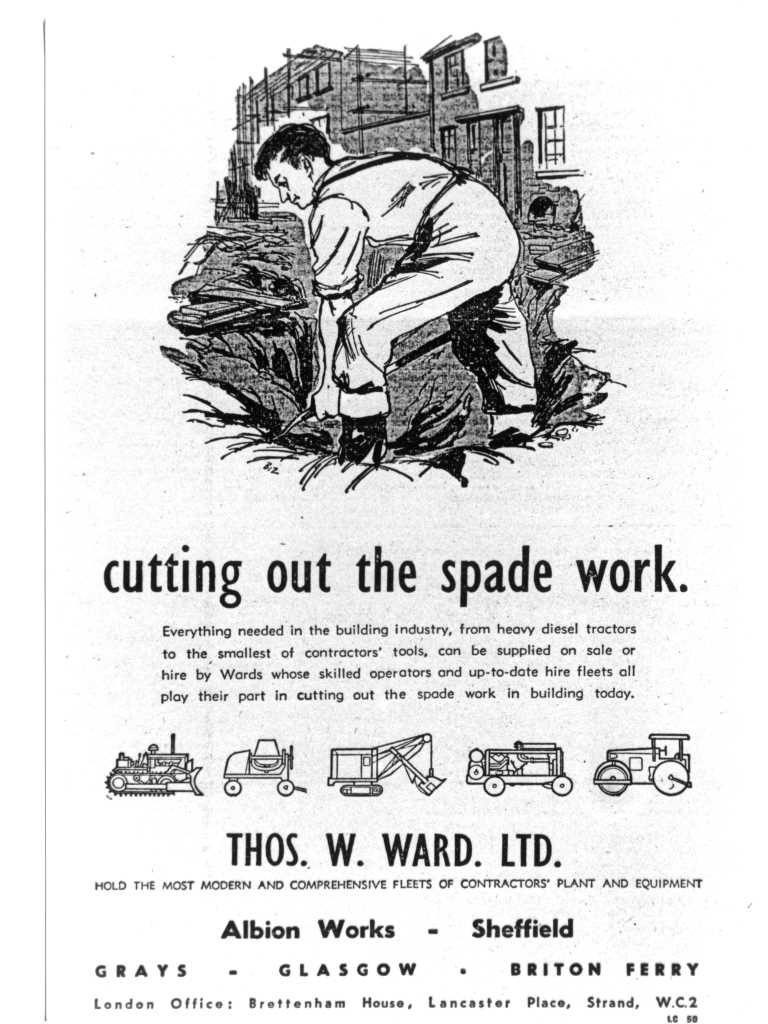 |
Promoting Mechanisation, 1950s |
Reversing the flow: the consequences of Irish economic growth |
 |
 |
Navvy's Grave, Kinlochleven,
Scotland |
Back to INDEX